Is 2.5 percent a success?
On behalf of Harper, Evans, Hilbrenner & Netemeyer
Earlier this month, police in Springfield and the Missouri Highway Patrol operated a sobriety checkpoint in that city for four hours on a Friday night. Friday and Saturday evening are viewed as a prime time for drivers in the state to attempt to try their luck at drinking and driving, so law enforcement often chooses those evenings as the time to set up a sobriety checkpoint.
These checkpoints are designed to capture drivers who are intoxicated and to deter those who may be going out for the evening. This checkpoint nabbed 15 drivers on charges of driving while intoxicated (DWI) and another 13 on various other charges. If you look at it from a statistical percentage, it works out to about 2.5 percent of the approximately 600 drivers stopped.
Nominally, such checkpoints would be illegal as a violation of the Fourth Amendment prohibition against unreasonable search and seizure. However, the U.S. Supreme Court has allowed these checkpoints to operate because of the seriousness of the issue of drunk driving.
They are expensive, as there needs to be multiple officers or troopers assigned, to direct traffic and examine drivers. these officers are unavailable for routine patrols, which often are more productive at finding potentially intoxicated drivers.
Some dismiss the checkpoints as publicity stunts, but law enforcement likes them, if for no other reason than it allows them to make suspicionless stops and, as the case was here, arrest 15 drivers on offenses that were not moving violations.
The matter of intoxicated drivers remains a problem in Missouri, but these sobriety checkpoints are intrusive, cumbersome and expensive, and do not appear to be the most effective means of preventing it.
Source: ktts.com, “Fifteen Drunk Drivers Arrested at Sobriety Checkpoint,” Bailey Strohl, April 10, 2016

